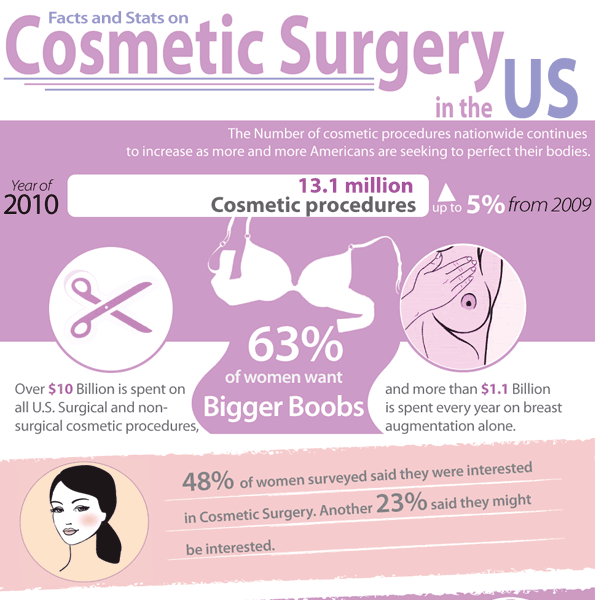AHAs are a key ingredient for unclogging pore obstructions and lightening up acne-prone skin. They function by breaking down dead skin cell build-up to promote newer, fresher cells, and preventing future obstructions.
Creating topical AHAs demands precise interest to different vital variables that considerably affect their effectiveness and tolerability. Preserving the optimum pH array, along with car choice and focus, intensifies their exfoliative attributes while mitigating prospective negative responses.
Glycolic acid
Glycolic acid is recognized for its light yet effective exfoliating homes, which promote skin's all-natural losing and loosen up the "adhesive" that holds dead cells externally of the skin. This aids unblock pores and minimize the appearance of fine lines and wrinkles, in addition to enhance general skin appearance and tone.
Surprisingly, topical glycolic acid has actually additionally been revealed to boost the manufacturing of collagen, which is critical in keeping skin's suppleness and elasticity. It is important to note, however, that because glycolic acid can promote the skin's sensitivity to sunlight, it is necessary to use sunscreen when utilizing any type of products including this component.
Skin specialists pay cautious interest to the formula of products including AHAs in order to optimize their efficacy and tolerability. Formulating AHAs with the suitable car, along with pH and concentration considerations, allows for optimum skin infiltration while decreasing possible negative responses. This is especially important for individuals with sensitive skin, because AHAs are understood to be mildly irritating.
Lactic acid
Lactic acid is found in several non-prescription skin treatment items and some stronger professional peels and treatments. It has the most affordable molecular weight of all the AHAs and has the ability to pass through deeper into the skin, where it is much more effective at unclogging pores and scrubing.
Like glycolic acid, it additionally promotes collagen synthesis, which assists decrease fine lines and creases and boost skin structure. Furthermore, it has moisture-retention homes, which makes it more suitable for drier skin kinds than various other AHAs.
The comprehensive body of medical data confirming the efficiency of topical AHAs supports their utility in a wide range of skin-related ailments and aesthetic issues. These consist of detailed skin renewal procedures, depletion of great lines and wrinkles, lightening of hyperpigmentation, therapeutic treatment for actinic keratosis, and acne administration [2] Optimizing the formulation of AHAs by stabilizing pH, concentration, and vehicle option additionally improves their therapeutic possibility. These cautious considerations make it possible for skin doctors to provide safe and reliable treatments that provide premium scientific results.
Mandelic acid
Mandelic acid, stemmed from almonds, is one more member of the AHA family members and is a prominent ingredient in items that assist deal with acne. Its bigger molecular size suggests it permeates the skin more gradually and carefully, which can reduce the capacity for irritation. It's additionally less likely to activate redness and various other skin sensitivity concerns, making it appropriate for sensitive skin kinds.
Mandelic Acid is thought to help in reducing inflammation and increase hydration. It works by loosening botox and fillers near me up the bonds between dead skin cells, allowing them to drop and reveal fresher-looking skin. It additionally helps reduce the look of enlarged pores.
Creating topical products with AHAs calls for an accurate equilibrium of crucial factors that substantially impact their efficiency and tolerability. In particular, the pH of an AHA solution has been revealed to play a vital duty in its capability to advertise exfoliation and boost skin tone and structure. Achieving this ideal concentration is a difficult objective and needs thorough interest to the numerous elements that influence the formulation procedure.
Citric acid
Citric acid, found in citrus fruits such as oranges and lemons, is a moderate AHA. It's much less annoying than glycolic or lactic acid, making it preferable for sensitive skin. It additionally has astringent residential or commercial properties, aiding to dry out excess oil.
Like other AHAs, citric acid can be made use of in chemical peels and daily active/maintenance treatments to scrub the skin and promote cell turn over. It can help in reducing the appearance of dark places and hyperpigmentation, as well as great face lines.
It can also boost the synthesis of glycosaminoglycans, which play an important function in reinforcing the skin barrier feature. This aids to avert trans-epidermal water loss, and preserve optimum hydration levels in the skin [35]
AHAs can be integrated with comforting ingredients such as ceramides or hyaluronic acid to boost their tolerability. They can be incorporated into everyday active/maintenance skin care through lotion or product formulations. This enables experts to tailor their AHA treatments based upon person needs and choices, with the adaptability of choosing from different therapy strengths or concentrations.
